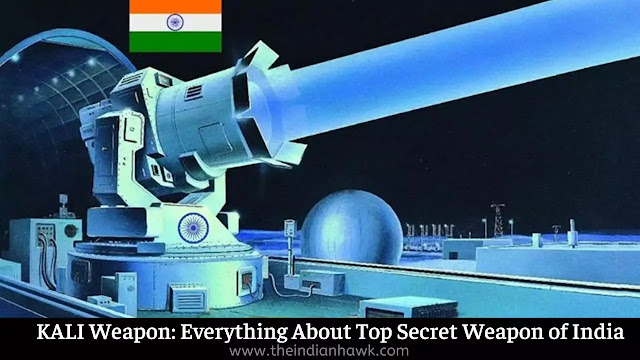Ahead of talks with China over Ladakh standoff, India signals a realistic approach
India and China are set to hold high-level military talks this weekend in a renewed attempt to defuse tensions along the Line of Actual Control (LAC) in eastern Ladakh. The meeting comes amid a prolonged standoff that began in May last year, with both sides deploying thousands of troops and heavy equipment to the disputed border region.
The talks will be led by Lt General Harinder Singh, commander of India’s Leh-based 14 Corps, and his Chinese counterpart from the People’s Liberation Army (PLA) Group Army. It marks the first senior-level engagement since the violent clash near Pangong Lake on 5 May, which triggered a series of confrontations across multiple points along the LAC.
Diplomatic Signals and Strategic Calculations
India’s External Affairs Minister Dr. S. Jaishankar had previously conveyed to Chinese Foreign Minister Wang Yi that India harbours no extra-territorial ambitions following the revocation of Article 370, which altered the status of Jammu and Kashmir. The message, delivered in August last year, was seen as a reassurance amid growing Chinese concerns over India’s border infrastructure development.
Despite several rounds of military and diplomatic dialogue, including inconclusive talks on 2 June, officials in New Delhi remain cautious about the prospects of a breakthrough. “We are not in a hurry… and I believe, neither is the Chinese side,” a senior government source told BBC News, reflecting a pragmatic approach to the negotiations.
Infrastructure and Military Posturing
The core of the dispute centres around India’s accelerated construction of the 255-km Darbuk-Shyok-Daulat Beg Oldie (DSDBO) road, which enhances access to strategic locations near the Karakoram Pass. China has reportedly deployed two Combined Arms Brigades—amounting to over 8,000 troops—along key patrolling points in Galwan Valley and Pangong Tso.
Indian officials believe the PLA’s presence in Galwan is aimed at obstructing the completion of a 60-metre concrete bridge near the confluence of the Galwan rivulet and Shyok River. “We have to complete the bridge this month and the road before winter,” one official said.
Once completed, the DSDBO road is expected to significantly boost India’s operational capabilities in the region, allowing counter-pressure on Chinese positions at Trig Heights, Hot Springs, and Depsang Plains.
Strategic Depth and Regional Implications
Analysts suggest China’s long-term objective may be to make Indian positions in the Daulat Beg Oldie sector untenable, thereby facilitating a direct route from Tibet to Pakistan-occupied Gilgit Baltistan. This would strengthen the China-Pakistan Economic Corridor (CPEC), which currently relies on the Karakoram Highway via the Khunjerab Pass.
China has already constructed a road through the Shaksgam Valley—territory controversially ceded by Pakistan in 1963—raising concerns in New Delhi about Beijing’s expanding footprint in the region.
“If the Chinese cut us off at Daulat Beg Oldie, they could pressure our logistics at Murgo-Saser La-Sansoma,” an Indian army officer said, referring to a key supply axis for troops stationed near the Siachen Glacier.
Economic Undercurrents and COVID Fallout
Beyond the battlefield, economic tensions have also played a role. Beijing is reportedly displeased with India’s April 2020 decision to restrict foreign direct investment from neighbouring countries, effectively curbing Chinese acquisitions of Indian firms. The move, part of India’s broader “Make in India” initiative, also included a procurement cap of ₹200 crore for foreign vendors.
Officials believe these measures, introduced during the COVID-19 pandemic, may have contributed to China’s assertive posture along the LAC.
Outlook: Dialogue Amid Deadlock
While the upcoming talks signal a willingness to engage, both sides appear entrenched in their strategic objectives. Indian officials expect the standoff to last several more months, echoing the 73-day Doklam crisis of 2017.
“China has been upgrading its border infrastructure for decades. We are simply catching up,” one official said.
As the Himalayan winter approaches, the outcome of these talks could shape the trajectory of India-China relations for years to come.



.jpg)







